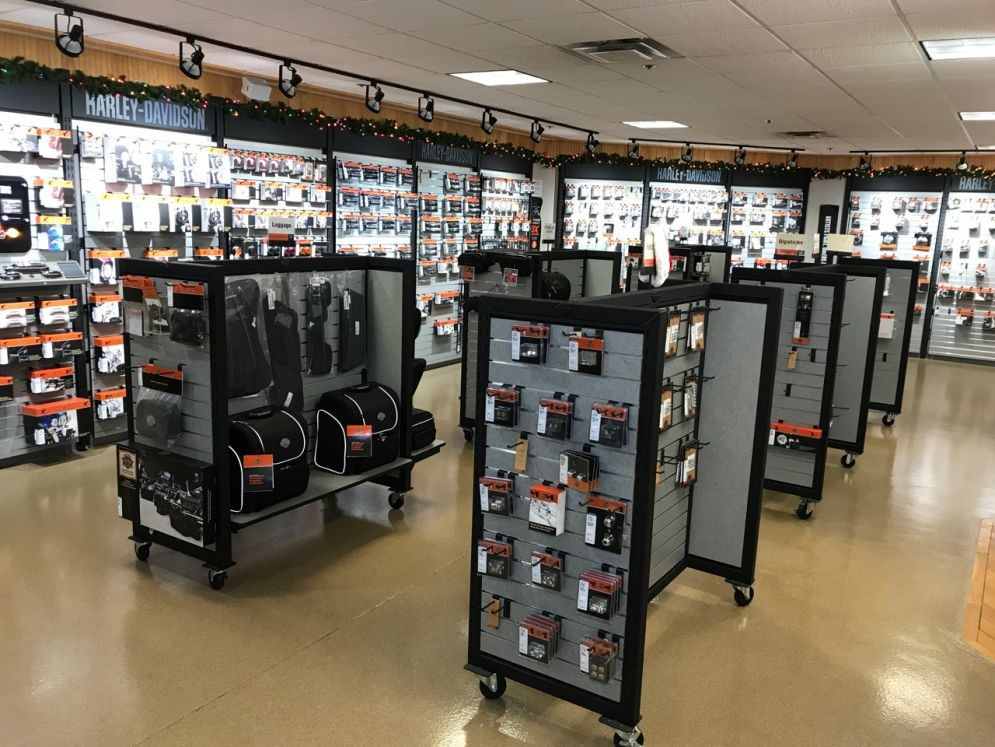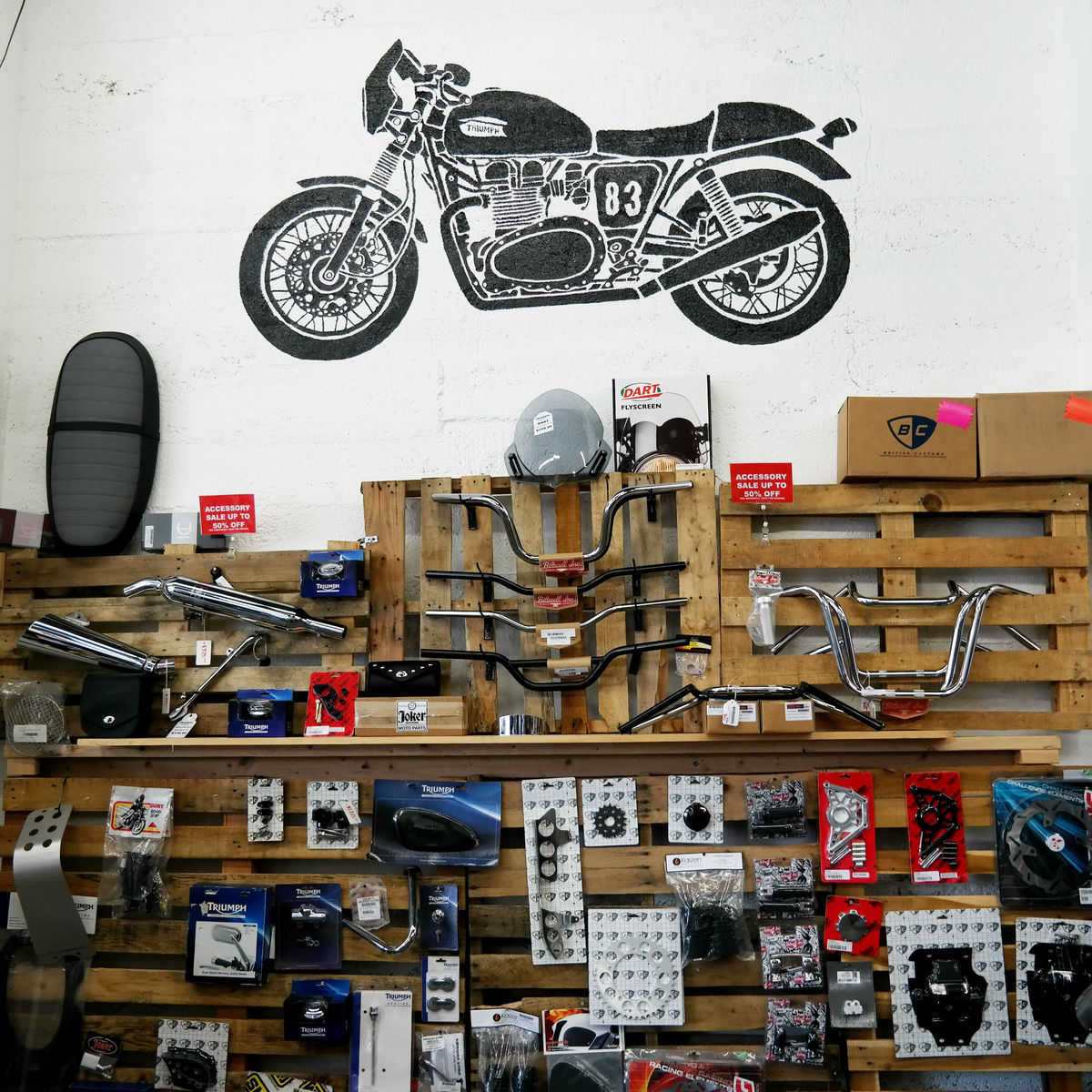Understanding the Crucial Parts of a Bike: A Comprehensive Guide for Enthusiasts
For bike lovers looking to raise their riding experience and guarantee their bikes run smoothly, comprehending the important elements of a motorbike is extremely important. Each element, from the engine's complex functions to the vital role of the braking devices, not just influences performance however likewise safety and security and convenience.
Engine Elements

The camshaft plays an essential duty in regulating the timing of the engine's valves, making certain the exact opening and closing essential for efficient fuel and air consumption, along with exhaust expulsion. This timing is vital to maintaining optimal engine efficiency and efficiency. Furthermore, the carburetor or fuel shot system, depending on the bike model, is accountable for mixing air with gas in the right proportion for burning.
The air conditioning system, either air or liquid-based, functions to preserve the engine's temperature level within functional limits, preventing getting too hot and making certain longevity - motorcycle shop. Each element, carefully designed and integrated, adds to the smooth operation of the engine, defining the motorcycle's power result and overall efficiency
Transmission System
Integral to the bike's performance, the transmission system makes certain efficient power transfer from the engine to the wheels. This system consists of numerous crucial elements, including the clutch, transmission, and final drive, each playing an important function in converting the engine's power into motion. The clutch, normally operated by a hand bar, offers to involve and disengage the engine from the transmission, enabling smooth equipment changes and regulated velocity.
The transmission, usually described as the transmission proper, has a collection of gears that riders can manually change with to adjust the bike's rate and torque outcome. These equipments are organized in a series that enables the bike to speed up efficiently and maintain optimum engine efficiency across different rates. Many motorcycles use a consecutive gearbox, needing the motorcyclist to change equipments in a fixed order.
Braking Systems
While understanding the transmission system is crucial to using a bike's power, just as essential is the capability to control and quit that power properly, which is where braking devices enter into play. Brakes are crucial for safety and security and efficiency, supplying the biker with the required control to navigate various terrains and conditions. Commonly, motorcycles feature two types of stopping systems: disc brakes and drum brakes.
Disc brakes are a lot more prevalent in modern motorbikes due to their exceptional performance. This system offers far better warmth dissipation, consistent performance, and enhanced quiting power, specifically in wet problems.
On the other hand, drum brakes, though much less typical, are still located in some motorcycles. They work by pressing brake shoes against the inner surface area of a drum affixed to the wheel. While typically much less effective in warmth dissipation and stopping power, drum brakes are simpler and much more cost-effective.
Recognizing these braking systems' subtleties enables motorcyclists to maintain their motorbikes effectively and value the engineering that guarantees secure and efficient quiting.
Suspension and Guiding
Suspension and guiding systems are crucial elements that considerably influence a motorcycle's handling and trip comfort. The suspension system, being composed of forks at the front and shock absorbers at the back, takes in road irregularities, improving stability and control. Front forks, usually telescopic or upside down, compress and rebound to reduce effects, while rear shock absorbers keep tire contact with the roadway, crucial for grip and security.
Guiding, focused around the handlebars, links the biker to the motorcycle's directional control. The guiding head bearings ensure smooth operation, permitting specific maneuverability. Appropriate positioning and maintenance of these bearings are crucial for foreseeable guiding action and decreasing biker exhaustion.
The suspension's adjustability is an additional critical element; preload, damping, and rebound settings youth motorcycle gear permit modification to fit numerous riding conditions and designs. This versatility is vital for enhancing performance, whether browsing metropolitan roads or taking on tough trails. Technologies like digital suspension systems offer real-time changes, improving ride high quality across varied terrains.

Electrical Equipments
After making sure a regulated and smooth trip via reliable suspension and guiding systems, attention transforms to the electric systems, a critical facet of modern-day motorcycles. These systems play a critical role not just in starting the engine yet also in powering different parts that enhance the performance and safety and security of the motorcycle.
At the heart of a motorbike's electric system is the battery, which stores electrical power essential for starting the engine and powering complementary systems - motorcycle shop. The alternator or generator, combined with the rectifier-regulator, makes certain the battery continues to be charged while the motorbike functions, converting power into electrical energy and preserving voltage levels
The ignition system, an additional crucial element, is accountable for sparking the air-fuel mixture in the engine's cylinders. Modern motorcycles commonly make use of an electronic ignition system, using better performance and reliability compared to standard systems.
Lights systems, consisting of fronts lights, tail lights, and indications, are likewise essential, ensuring visibility and safety and security for the motorcyclist. Added electronic parts such as sensing units, control units, and shows add to sophisticated functions like fuel shot administration, anti-lock braking systems (ABDOMINAL), and digital control panels, further boosting the riding experience.
Final Thought
A thorough understanding of a motorbike's important components, including the engine, transmission system, stopping systems, suspension, guiding, and electrical systems, is crucial for fanatics aiming to maximize performance, safety, and comfort. Mastery of these components permits educated decisions concerning upkeep and upgrades, inevitably enhancing the riding experience. By integrating this knowledge, motorcyclists can ensure their motorbikes run at peak effectiveness and reliability, consequently optimizing both enjoyment and durability of their cars.
For bike enthusiasts looking to raise their riding experience and guarantee their bikes run efficiently, comprehending the important elements of a bike is paramount.Indispensable to the bike's functionality, the transmission system ensures efficient power transfer from the engine to the wheels.While comprehending the transmission system is key to taking advantage of a bike's power, similarly important is the capacity to regulate and quit that power properly, which is where braking systems come right into play. Typically, motorcycles feature 2 kinds of stopping systems: disc Find Out More brakes and drum brakes.
A detailed understanding of a bike's important elements, consisting of the engine, transmission system, braking devices, suspension, steering, and electric explanation systems, is indispensable for fanatics aiming to enhance safety, comfort, and efficiency.